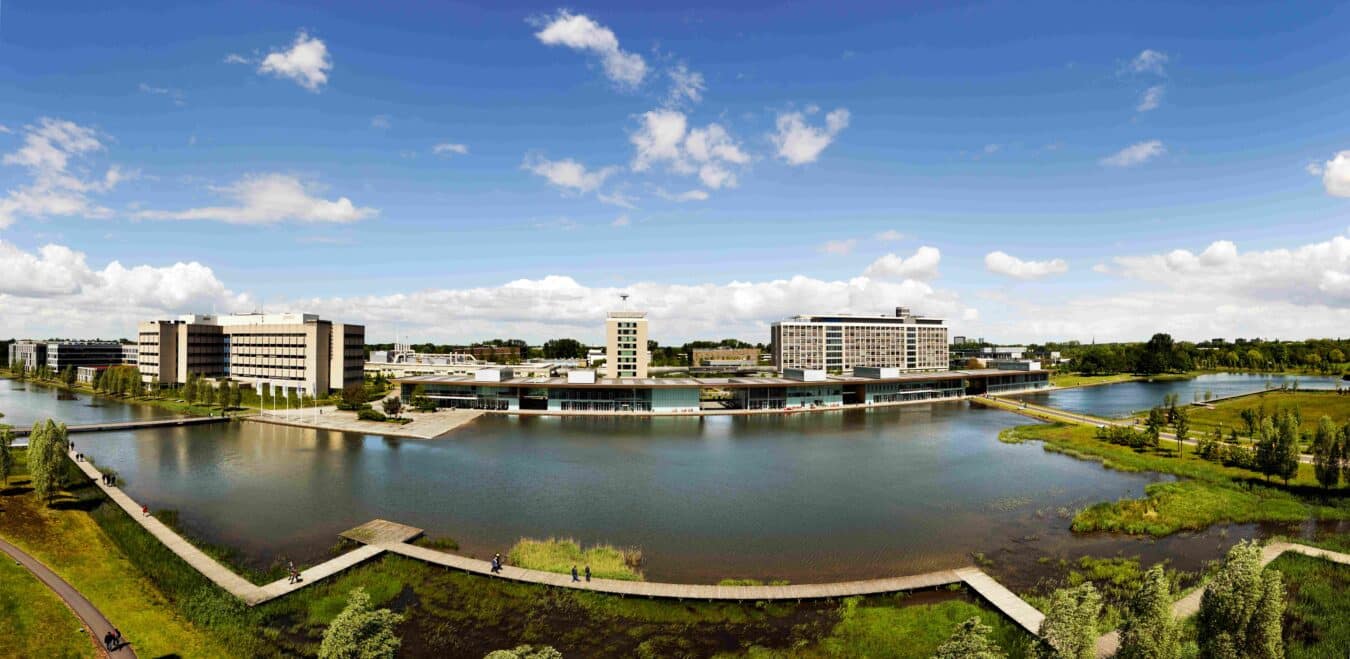In the southern heart of the Netherlands, beyond the tourist routes and postcard canals, is Brabant, a region at the centre of Europe’s innovation story. It’s often called the ‘Silicon Valley of the Netherlands’ or Semicon Valley, but Brabant’s rise to global relevance wasn’t the result of a single breakthrough or billionaire founder. It’s the story of a community that continued to evolve with the changing times.
From factory floors to future labs
A century ago, Brabant was powered by industry – among them, Eindhoven’s factories, Tilburg’s textile looms, and Breda’s manufacturing lines. And Philips, founded in Eindhoven in 1891, was the powerhouse of the region. What had begun as a lightbulb factory became a world leader in electronics, training generations of engineers and innovators.
But by the 1980s, as Philips began decentralising and moving operations abroad, the future looked uncertain and the region’s industrial roots under threat. Yet instead of fading into obscurity, something remarkable happened instead. Former Philips employees launched startups, universities doubled down on research, and public and private organisations began working together in new ways. Brabant didn’t just adapt, it reinvented itself.

Collaboration as a way of life
The region’s resurgence was powered by a deeply rooted culture of collaboration. Locals call it the ‘triple helix’, with government, business, and knowledge institutions moving together in sync – sharing knowledge and expertise and seeking solutions together. Nowhere is this more visible today than at Eindhoven’s High Tech Campus, once a Philips R&D centre and today home to more than 260 companies – from global giants like ASML, IBM, and NXP to agile startups pushing the boundaries of deep tech, photonics, and smart mobility.
Brabant’s universities also became innovation engines. Eindhoven University of Technology (TU/e) built a reputation for turning research into industry-ready applications, while Tilburg University advanced fields like data science and AI ethics. Avans Hogeschool (Avans University of Applied Sciences) connected students directly with SMEs, embedding innovation at every level of the economy. Fontys, also a University of Applied Sciences, emphasised hands-on experience, internships, and direct links to industry, and became well well-regarded for preparing students for the workforce.

Building an ecosystem, not just companies
To bring these efforts together, Brabant relied on strategic organisations like BOM (Brabantse Ontwikkelings Maatschappij), the region’s development agency. BOM backed startups, attracted global investment, and shaped the kind of ecosystem where talent and ideas could thrive. Meanwhile, platforms like Brabant is Bright amplified innovation in areas critical to society – the energy transition, health tech, and smart industry.
ASML: the spark that became a beacon
If Philips planted the seed, then ASML became the towering tree. Founded in Veldhoven, ASML now makes the world’s most advanced lithography machines – technology at the heart of every cutting-edge microchip. Its growth has drawn thousands of highly skilled workers to Brabant and cemented the region’s place in the global semiconductor supply chain. And around ASML, an entire network of high-tech suppliers and innovators has thrived.
From volume to value: a strategic shift
Brabant’s innovation strategy has also evolved. Where once the focus was on attracting as many companies as possible, today the emphasis is on complementary knowledge and added value. Led by the province and BOM, the region now prioritises strengthening the ecosystem with companies that align with its strategic capabilities. This mirrors Brabant’s industrial identity: not mass production, but low-volume, high-value precision manufacturing – exemplified by the advanced machines of ASML and VDL-ETG. It’s a shift from quantity to quality, and from growth to meaningful impact.
Human-scale innovation with global impact
Unlike California’s sprawling tech campuses, Brabant’s innovation hubs are embedded in walkable cities, rich in culture and community. Success is measured in the impact on real-world problems such as climate change, the energy transition, digital trust, and healthy ageing. And startups and researchers alike are driven by a mission to build technologies that make life better, not just faster.

What’s next for Brabant?
Today, initiatives like Brabant Innovation Days continue on this path of collaborating to advance technologies, bringing experts, innovators and changemakers from across the world together to spark new innovations. The region continues to grow steadily, but its success remains rooted in something enduring: a belief that collective effort rather than competition delivers better results.
Brabant may be understated, but in the labs, campuses, and startup garages of this small southern province, some of the world’s most advanced technologies are taking shape – powering our phones, protecting our planet, and transforming entire industries.
Brabant is holding true to its reputation as a region where quiet determination meets world-changing innovation, and where the future is being built on collaboration. As the world looks for models of sustainable, inclusive, and purpose-driven growth, Brabant offers a compelling blueprint: one rooted in history, powered by people, and focused on impact.